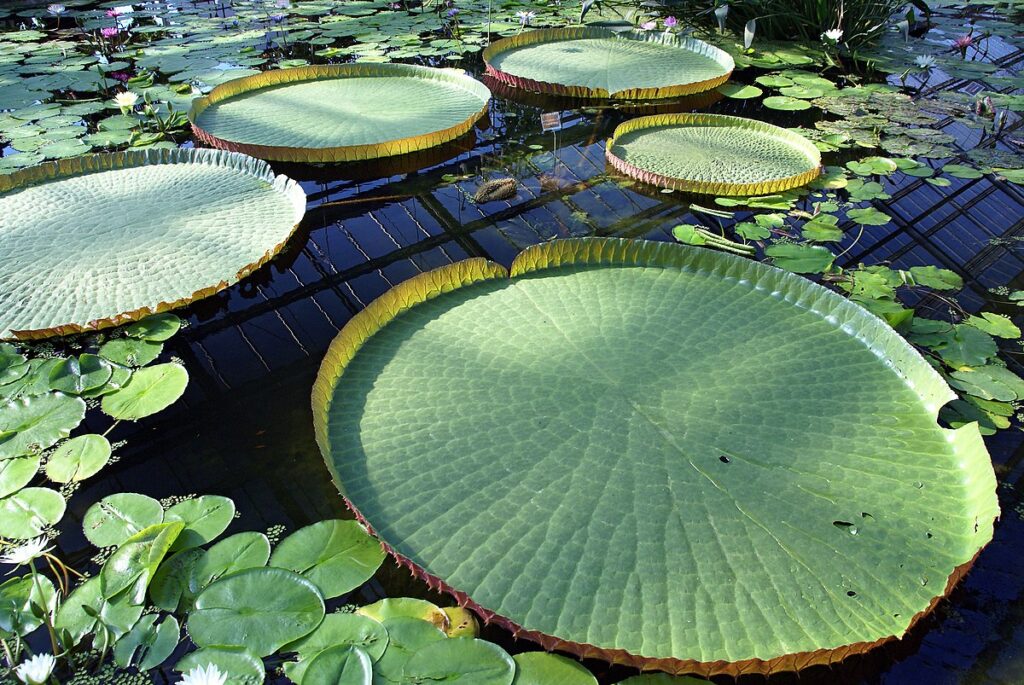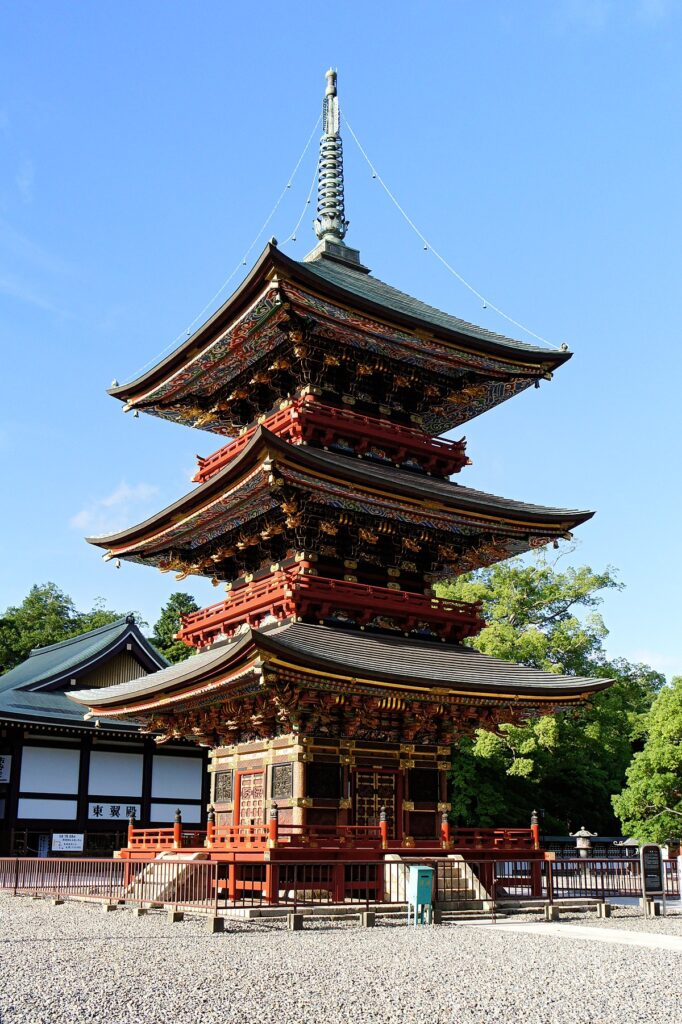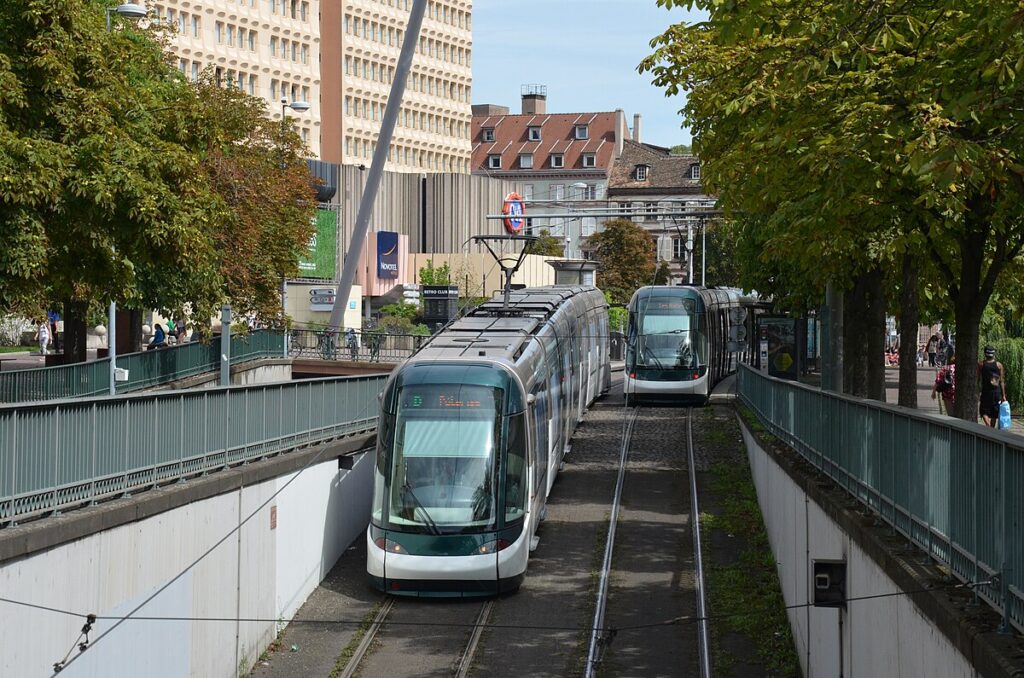-

Engakuji Temple (Kamakura City, Kanagawa Prefecture)
Overview (History, Features, and Attractions) Engakuji Temple is one of the main temples of the Rinzai sect of Buddhism located in the Kita-Kamakura area of Kamakura City, Kanagawa Prefecture. Founded in 1282 (Kōan 5) by the regent Hojo Tokimune, the temple was intended to commemorate those who died in the Mongol invasion and to promote Zen Buddhism. The temple was founded by a Zen monk from China, Mūjirō. -

Daio Wasabi Farm (Azumino City, Nagano Prefecture)
Overview (History, Features, and Attractions) Daio Wasabi Farm, located in Hotaka, Azumino City, Nagano Prefecture, is one of Japan's leading wasabi cultivation areas. It is a tourist farm with a rural landscape of pure spring water and expansive wasabi fields. The scenery of wasabi cultivation using spring water (clear streams) evokes the original Japanese landscape, and the white waterwheel... -

Sugadaira Plateau (Ueda City, Nagano Prefecture)
Overview (History, Features, and Attractions) Sugadaira Plateau is a highland resort area located in Ueda City, Nagano Prefecture, at an altitude of approximately 1,200-1,400 meters. In winter, skiing, snowboarding, and cross-country skiing are popular, and in summer, it serves as a summer resort for mountain climbing, trekking, and cycling. -

Kobe Animal Kingdom (Chuo Ward, Kobe City, Hyogo Prefecture)
Overview (History, Features, and Attractions) Kobe Animal Kingdom is an experiential urban zoo located in Kobe City. Formerly known as the Kobe Kachouen (Children's Park), it features greenhouse-style indoor exhibits and free-range areas where visitors can get up close and personal with animals and birds. With many greenhouse-style exhibits, it can be enjoyed rain or shine, whatever the season... -

Narita Airport (Narita City, Chiba Prefecture)
Overview (History, Features, and Attractions) Narita International Airport (Narita International Airport), located in Narita City, Chiba Prefecture, is one of Japan's major international airports. It opened in 1978 (formerly known as New Tokyo International Airport) and has developed into an international hub for the Tokyo metropolitan area. The airport's main terminals are... -

Mount Fuji World Heritage Center (Fujinomiya City, Shizuoka Prefecture)
Fujisan World Heritage Center (Fujinomiya City, Shizuoka Prefecture) Overview (History, Features, and Attractions) Following Mount Fuji's inscription as a World Cultural Heritage site, this learning and information center was established to deepen public understanding of Mount Fuji's nature, religious beliefs, culture, and history. The center features videos, models, and explanatory panels... -

Rokko Garden Terrace (Kobe City, Hyogo Prefecture)
Overview (History, Features, and Attractions) Rokko Garden Terrace is an observation and facility area located on Mount Rokko in Kobe City, Hyogo Prefecture. It is known as a viewing spot offering panoramic views of Kobe city and Osaka Bay. The terraces and plazas make the most of the natural beauty of Mount Rokko, and are home to restaurants, cafes, souvenir shops, and observation decks. -

Katayamazu Hot Springs (Kaga City, Ishikawa Prefecture)
Overview (History, Features, and Attractions) Katayamazu Onsen is one of the hot spring resorts in Kaga City, Ishikawa Prefecture, and is a hot spring resort located on the shores of Lake Shibayamagata. It is said to have been discovered as early as the Edo period, and has been popular with the Kaga domain and literary figures. The lake... -

New Chitose Airport (Chitose City, Hokkaido)
New Chitose Airport (Chitose City, Hokkaido) Overview (History, Features, and Attractions) New Chitose Airport is Hokkaido's main airport, serving as a gateway for domestic and international flights not only to the Sapporo area but also to other parts of Hokkaido. Since its construction in the late 1980s as the current New Chitose Airport, it has developed as an air transport hub... -

Omori Shell Mound (Ota Ward, Tokyo)
Overview (History, Features, and Attractions) The Omori Shell Mound is a Jomon period shell mound site located in the Omori area of Ota Ward, Tokyo. It is famous for being the beginning of modern archaeology in Japan, when American zoologist Edward S. Morse conducted an excavation there in 1877 (Meiji 10). Shells, animal bones, and pottery fragments have accumulated...




